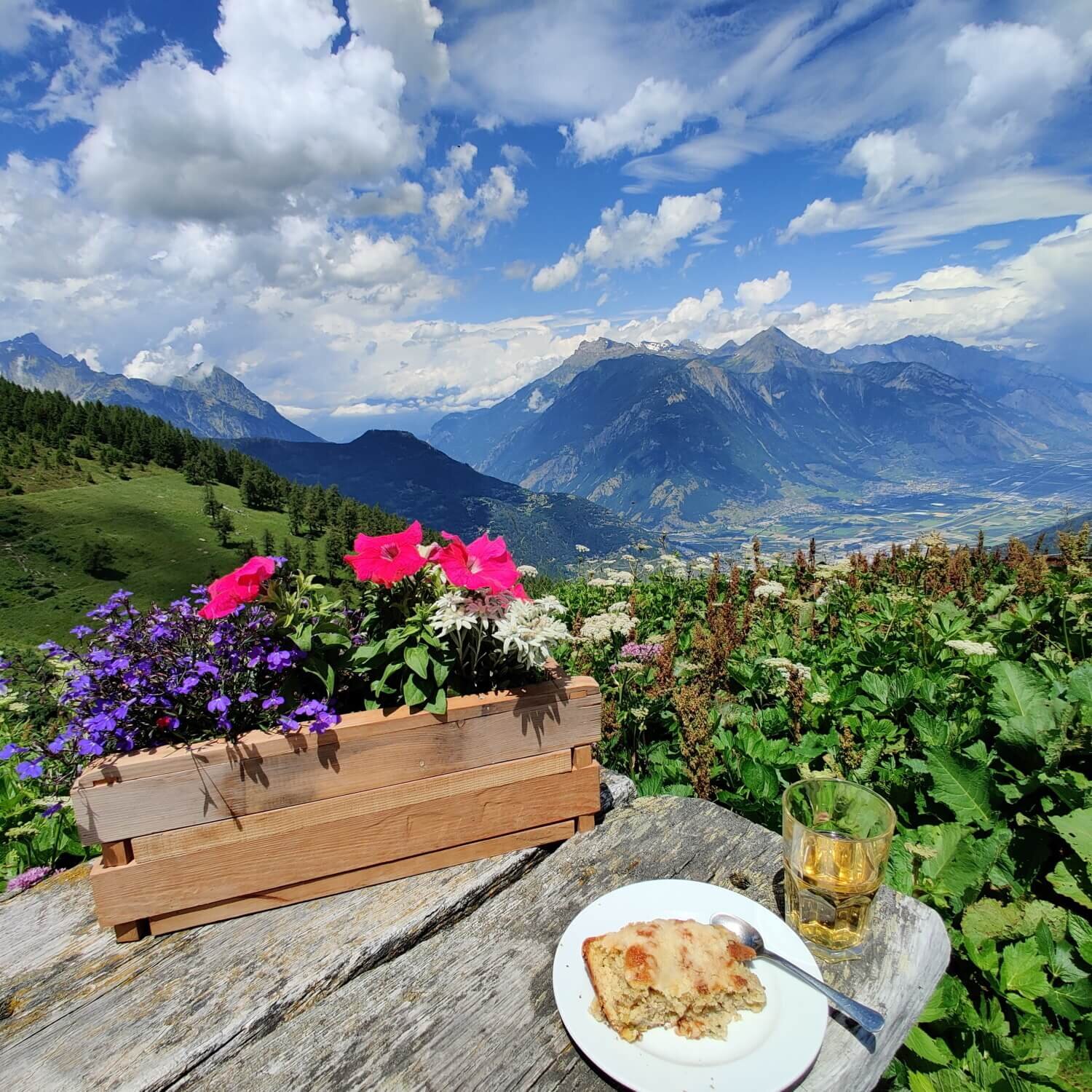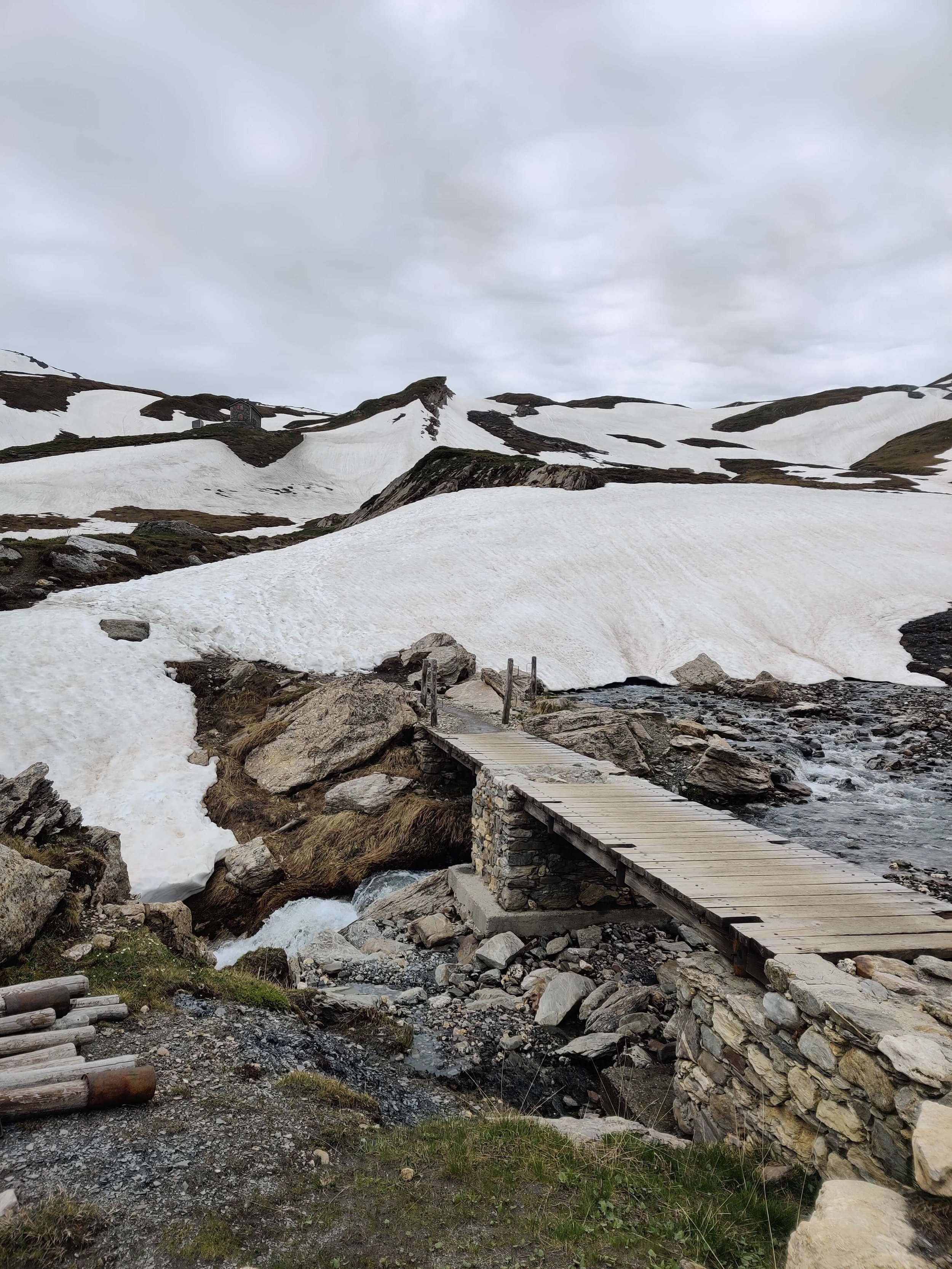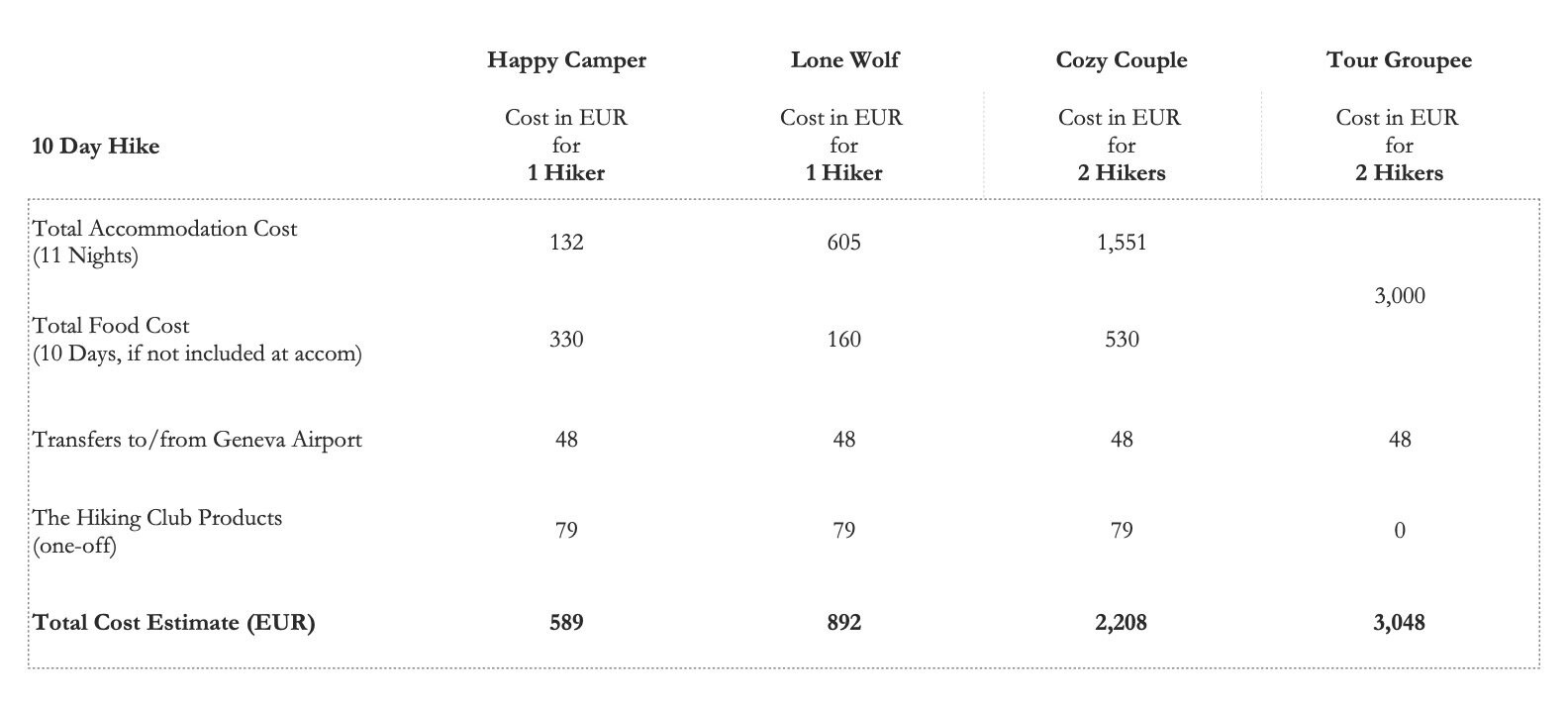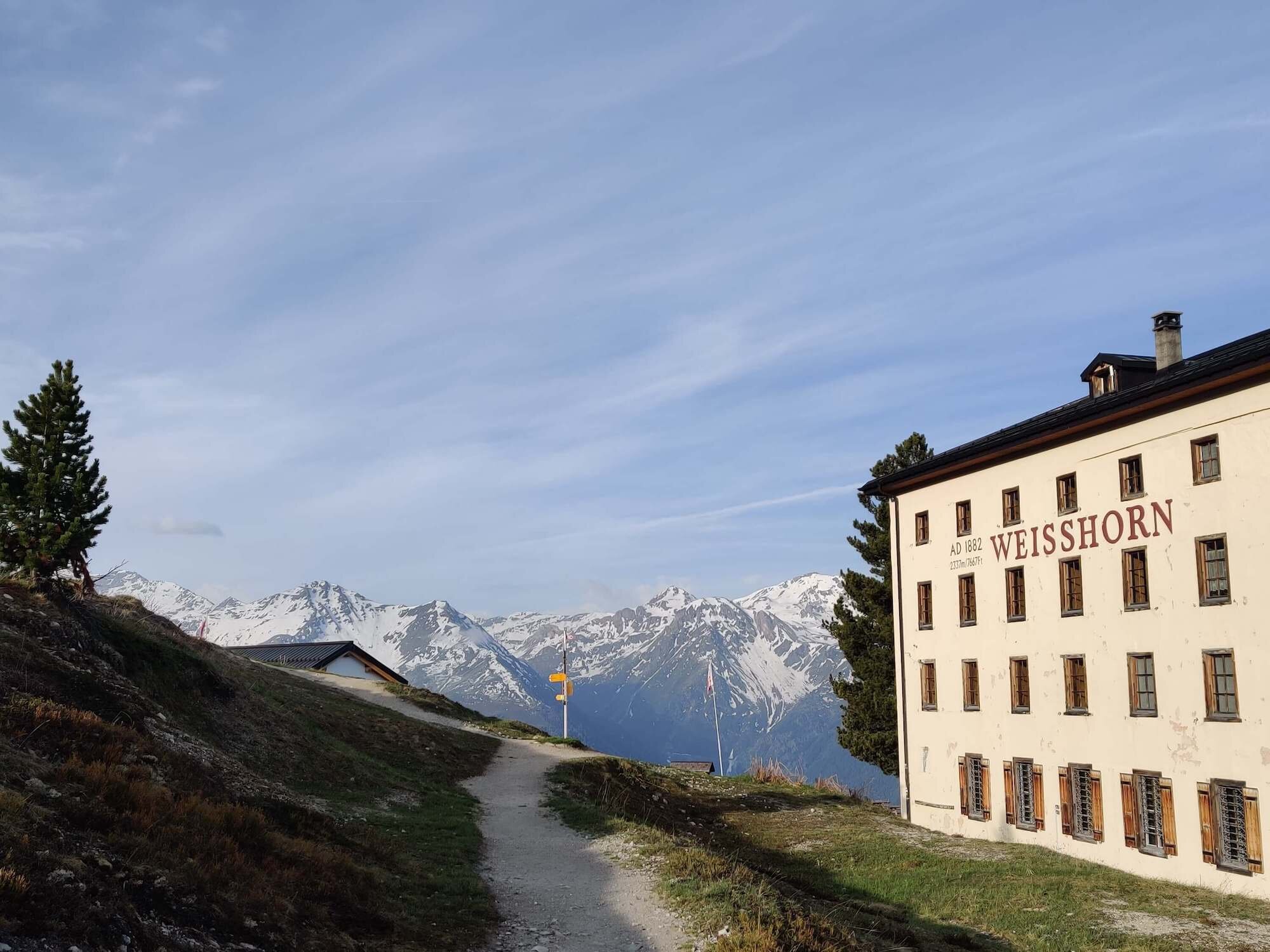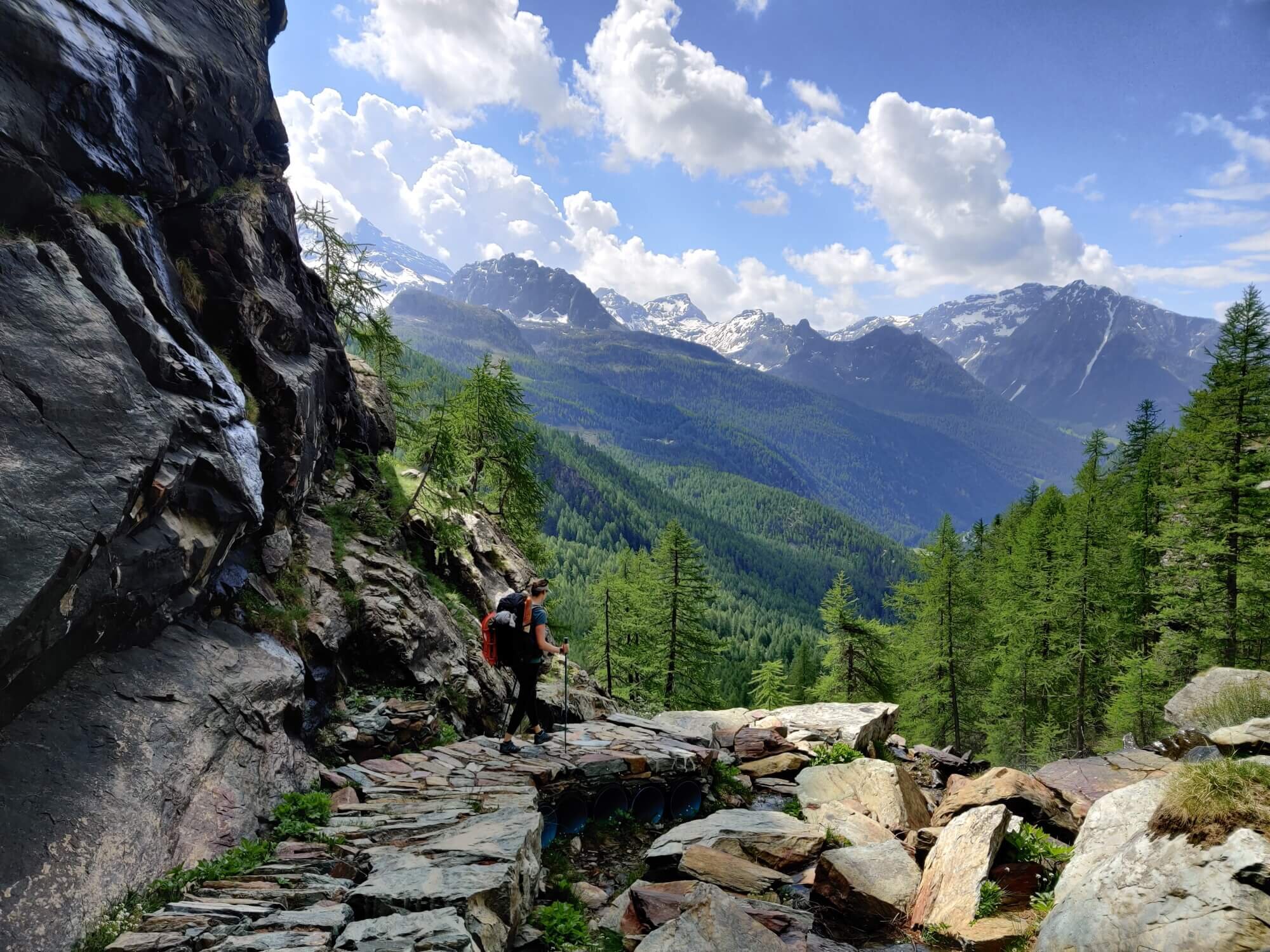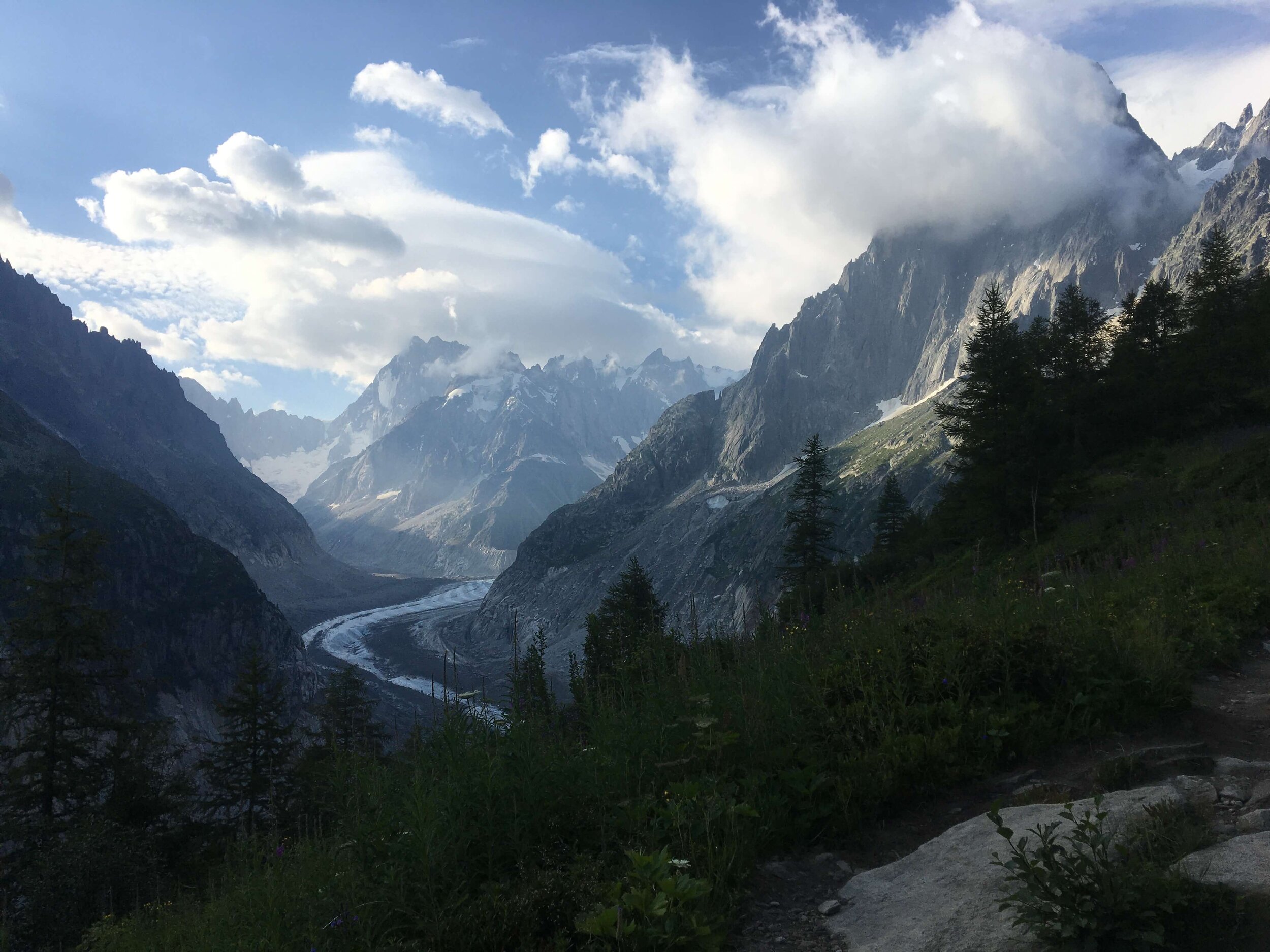Whether you are hiking in Switzerland, France, Italy or all 3, there are lots of considerations to make sure you are prepared, equipped and confident for your upcoming epic Alps adventure.
JOIN ONE OF OUR ONLINE EVENTS
This blog post will cover all of the key topics that we get asked from customers and social followers, including:
When is the best time to hike in the Alps?
Snack break at Alp Bovine
The best time to hike in the Alps is the start of July until end of August. This is especially true for high alpine trails such as Tour du Mont Blanc, Walker’s Haute Route and Tour of Monte Rosa, which have multiple mountain passes between 2,500 - 3,000 meters or 8,000 - 10,000 feet. During this 2 month period, hikers are most likely to have the best trail conditions, weather and accommodation options. Typically, the days are long, there is little chance of rain, no/low snow on the trails, warm temperatures, alpine flowers in full bloom and lush meadows. The Alps are a paradise during these months.
Nevertheless, the Alps are no different than any other high mountain range in the world. The weather can turn at any point. There is the possibility of thunderstorms developing later in the day and don’t be surprised if you wake up to fresh snow in the higher altitudes. Although some hikers decide to hike in June and September, there are weather and accommodation limitations to consider.
What are the trail conditions like?
Example of a temporary bridge that is installed at the start of each hiking season on the Europaweg trail between Grächen and Zermatt.
By the beginning of July, most - if not all - snow should have melted from the trail and mountain passes. This makes for a more enjoyable hiking experience, as you typically don’t have to navigate snow patches on the trail. It also allows time for local trail associations to make any improvements to the trail, such as upgrading or installing bridges, signage and trails. These trail improvements could be due to avalanches, rockslides or other natural events that affected the trail during winter and spring. Read the 2022 trail conditions here.
Each season we post regular trail updates for Tour du Mont Blanc, Walker’s Haute Route and Tour of Monte Rosa throughout the season. Make sure to sign up to our newsletters and follow us on social to get the latest reports throughout the season.
What are the weather conditions in the Alps?
On July 16th, hikers at Cabane de Moiry woke up to over half a foot of snow that fell overnight! So although July and August are the best months in terms of summer weather, you still could encounter all 4 seasons! Photo Credit: Amy Morfas
During July and August, the Alps typically have the warmest and driest weather. For example, in the Chamonix valley, according to NOAA, the average daily temperature in July is high of 21℃ / 70℉ and low of 14℃ / 58℉. With ~15 hours of daylight, you can set off early at the crack of dawn when the sunrises ~6am, or hike into the evening when the sunsets ~9pm. (If you do hike late, be aware that dinner at mountain huts is typically start being served between 6.30-7.30pm. And believe me, you don’t want to miss dinner after a hard day of hiking!).
To keep up-to-date on the latest weather conditions while on the trail, the most reliable weather sources are:
These resources are good to get an indication of the temperature and rain forecast, however be aware that these forecasts are for the villages and towns that are typically located in the valleys. Weather up in the alpine, especially on mountain passes, can be dramatically different. It is also not usually for snow to fall during the summer months.
Is it difficult to book accommodation in the Alps?
Rifugio Bonatti is a popular hut and is typically booked out during peak dates in the hiking season.
From July until start of September, hikers will have the most options in terms of accommodation. Mountains huts, camp grounds and alpine villages are open for business. Prior to July, alpine accommodation is determined by the spring weather and conditions and therefore usually don’t confirm their open dates until a few weeks prior.
Although July and August bring the biggest variety of accommodation options, it is also the busiest time. Therefore, accommodation can also book out quickly. Already in January at the time of writing this post, there were some key dates already booked out. Typically the below impacts availability:
Peak Dates: Weekends in July and August
Key Locations: Huts that are close to villages or public transport that make them accessible for short overnight hikers (i.e Refuge Bonatti or Cabane de Louvie)
Remote Locations: Huts that are located in remote locations without options for hikers to choose from (i.e Gruben or Refuge Elisabetta)
What is it like to hike in June and September (shoulder season)?
It is possible to hike in the Alps during June or September but there are considerations that you should understand and prepare for to ensure you have the most enjoyable experience.
Typical early season hiking conditions with snow patches in high alpine areas.
Hiking in June is considered “early season” with long days, wildflowers and green pastures. However, hiking early season you are also at the mercy of the winter/spring conditions leading up. Some years, there is a mild winter and warm spring that results in great early season hiking. For example, in June 2017, there was hardly any snow on the trail and the weather was warm and dry, and wildflowers were already out in full bloom. However, in 2019, there was heavy snow conditions across most of the alps well into July which required more technical mountaineering skills, some passes/sections not possible to hike and major thunderstorm which made hiking dangerous. Many hikers had to adjust their plans either hiking on lower, valley trails or using transportation to skip difficult sections.
For some insight into what hiking in June is like, you can read about our June 2019 “Break the Trail” blog post which that showcases the difficult conditions we experienced. To compare, read our June 2022 “Break the Trail” blog post which shows much more favourable conditions.
Lacs Jovet in September
Hiking in September in considered “late season” and can bring early alpine snow on higher passes and alpine areas. Most mountain huts will close by mid September so you need to confirm opening dates ahead of time or stay in larger villages/towns that are open all year round. Regardless, September is a beautiful time of year to hike, with the fall colours all around and less people on the trail.
How much does it cost to hike in the Alps?
On average, it costs between 70-115 Euro per person, per day to hike in the Alps. This cost includes:
Accommodation (55-80€ per person)
Food (15-35€ per person)
If you choose to take transport shortcuts, such as train, bus or gondola, or use a baggage transfer service, these will be additional daily costs. I also haven’t factored alcohol into any of the meal estimates (it’s best for me not to assume what your average daily consumption will be on the trail!). Costs will also vary depending on the country in which you are hiking. Generally, Italy is the cheapest, followed by France and then Switzerland being the most expensive.
To help you get a sense for the full cost of a multi-day hike in the Alps, I’ll share 3 examples:
Tour du Mont Blanc: 10 Days
Refuge Bellachat on the Tour du Mont Blanc
Using actual costs as of February 2021, I’ve determined that once you arrive in Geneva Airport, you can hike the Tour du Mont Blanc in 10 days from:
Camping: 600 EUR per person
Solo in Dormitory: 900 EUR per person
Double in Private Rooms (where possible): 1,100 EUR per person
This is based on a 10 day route and what you can expect by planning your trip using our self-guided products. It includes costs for transfers to/from the trail, accommodation in huts/hotels and eating delicious 3-course meals of local delights, as you self-guide your way across one of the legendary trails of the world.
Walker’s Haute Route: 10 Days
Camping above Lac Bleu
Using actual costs as of December 2020, I’ve calculated that once you arrive in Geneva Airport, you can hike the Walker’s Haute Route from:
Camping: 870 CHF per person (~800 EUR)
Solo in Dormitory: 1,380 CHF per person (~1,300 EUR)
Double in Private Rooms (where possible): 1,600 CHF per person (~1,500 EUR)
This is based on a 13 day route and what you can expect by planning your trip using our self-guided products. It includes costs for transfers to/from the trail, accommodation in huts/hotels and eating delicious 3-course meals of local delights, as you self-guide your way across one of the legendary trails of the world.
Tour of Monte Rosa: 9-Days
Rifugio Teodulo next to the Theodul Glacier
Using my experience and actual costs as of August 2020, I’ve calculated that once you arrive in Geneva Airport, you can hike the Tour of Monte Rosa from:
Camping: 850 EUR per person
Solo in Dormitory: 1,000 EUR per person
Double in Private Rooms (where possible): 1,100 EUR per person
This is based on a standard 9 day route and what you can expect by planning your trip using our self-guided products. It includes private mountain guide for Theodul glacier crossing, transfers to/from the trail, accommodation in huts/hotels and eating delicious 3-course meals of local delights, as you self-guide your way across one of the legendary trails of the world. If you would like to include add-ons such as Breithorn summit or a night at Hornli Hut, scroll down for cost estimates.
Reminder: These estimates include everything you need to complete the trail from Geneva airport and back again, self-guided. They do not include;
Flights to Geneva/Europe: Depends on where you’re coming from and what class you fly
New hiking gear: I provide a gear list in the booking portal to help you do an inventory check
Travel Insurance: Based on location, age and coverage/excess preferences
Baggage Transfer: This is a service that some choose to pay for to lighten their daily hiking load. This cost is extremely variable depending on the frequency of the transfer, which company you use and remoteness of locations.
Transport Shortcuts: If you choose to take a bus, train, private taxi or gondola to skip certain sections of the trail due to time restriction, weather conditions or for a lazier day, this will be an additional cost to be factored in.
What are the accommodation options in the Alps?
There are 4 main accommodation options while hiking in the Alps:
Europahutte located on the Europaweg (Switzerland)
Mountain Huts: Known in French as Cabane/Refuge, German as Hütte and Italian as Rifugios. Sleeping amongst the mountains, indulging in local cuisine and meeting other hikers is a unique experience not to be missed. The most common room set up is dormitory - 4, 6, 8 or up to 20 bed rooms. Some offer a few private/double rooms but are typically more expensive and are in high demand!
Hotel Weisshorn located above St Luc
Hotels/B&Bs in Alpine Villages: The benefit of a hotel or B&B is having a private room. You are more likely to have a better sleep than in a dormitory! Some offer private bathroom while others have shared bathroom. These are typically the most expensive accommodation option.
Hobo campground near Courmayeur (Italy)
Campgrounds: It is possible to stay most nights at campgrounds in villages. The type and quality of facilities differ based on the campground, but in general there are hot showers, kiosk/cafe or restaurant and wifi. The average cost for 1 person in a small tent is 20-25 EUR per night.
Bivouac location near Moiry Glacier (Switzerland)
Bivouacking / Wild Camping: The idea of hiking through the Alps and then sleeping under the stars each night sounds pretty dreamy, right? It’s no wonder that plenty of hikers choose to take their tent and camp in the Alps. The general guideline is that you can bivouac overnight (dusk to dawn) above the forest line, on alpine pastures and in rocky terrain. However, it's not so straight forward. Unfortunately each country and province has different rules on where you can bivouac. Make sure you are aware where you can stay, otherwise you could be moved on, or worse - fined. We can help provide you maps and details of allowable locations.
The types of accommodation available depends on where you are in the Alps. If you are in a remote area, there may only be a mountain hut or bivouac options. Whereas most multi-day hikes pass through alpine villages or towns and offer a full variety of accommodation options from campgrounds through to 5* hotels.
Some of the more remote/popular huts run out of availability on key dates, so it’s important to secure accommodation early to maintain your preferred hiking itinerary. It's particularly important to secure accommodation on Friday and Saturday nights given weekend hikers reserve beds too.
Mid-July to start-September is the peak time. We recommend booking all of your accommodation if hiking during this time. If you are planning to hike outside of this time, we still recommend booking to avoid missing out on availability.
What is it like to stay in an alpine hut?
Refuge Lac Blanc above Chamonix (France)
Simply amazing - this truly is one of the highlights of hiking in the Alps! Sure, most people typically prefer their own room and not being kept awake by snorers if in a dorm, but the benefits far out way the cost of missing out on this Alps experience.
Most alpine huts have full time guardians/staff that prepare meals, clean and provide advice for their guests. Upon arrival, most hikers would have a shower then head onto the patio in their clean/warm set of clothes to enjoy a drink (alcoholic or non alcoholic), a snack (freshly baked fruit pie or chocolate brownie perhaps?) and meet some fellow hikers from around the world. Choosing to have half board means you’ll be provided a 3-course family style dining experience, usually of a local delicacy - definitely with local ingredients. After a big feed and plenty of good discussion, weary hikers start retiring about 9pm for bed.
This is the part people who are new to alpine huts are most nervous about but you don’t need to be. No one else in your room is used to sharing (nor prefers it) and most people do their best to not disturb others. That said, some people snore and sometimes there isn’t a good blind for the window so be prepared with a good pair of earplugs and an eyemask. The thick foam mattresses and alpine grade blankets make for a comfortable and cosy snooze, although the pillows could do with a few extra duck feathers :) Depending on your itinerary, most of your nights can be in private accommodation so you’ll quickly be able to recover if you don’t have the best sleep while staying in a dorm room.
What are the best mountain huts in the Alps?
We’ve created a collection of the top mountain huts across Switzerland, France and Italy for hikers. None of these huts require technical gear to reach them - no glacier crossings, no via ferrata, no climbing equipment etc. Most are located in alpine areas and therefore all you need to reach them is good fitness.
Click on the red hut icons on the below interactive map to start exploring the top mountain huts of the Alps. For a detailed summary of each of the huts, read the full blog post.
